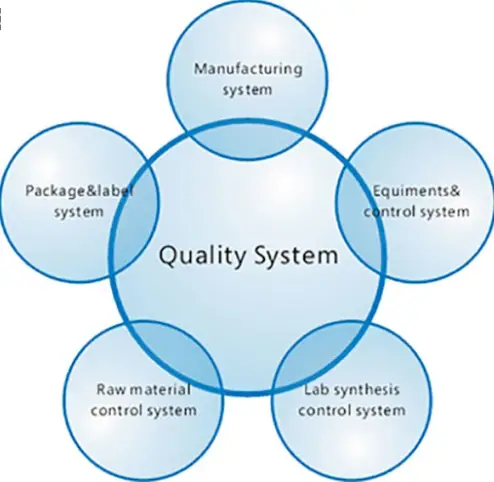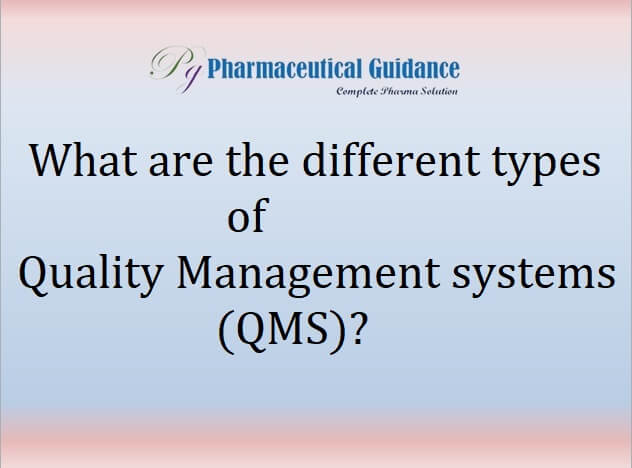Good Manufacturing Practice for Medicinal Products
Good Manufacturing Practice is that part of Quality Management which ensures that products are consistently produced and controlled to the quality standards appropriate to their intended use and as required by the Marketing Authorisation, Clinical Trial Authorisation or product specification. Good Manufacturing Practice is
concerned with both production and quality control.
Good Manufacturing Practice for Medicinal Products -Questions and answers
Q1: What is the purpose of systematically reviewing manufacturing processes?
A1: The purpose of systematically reviewing manufacturing processes is to ensure that they are capable of consistently producing medicinal products of the required quality and in compliance with their specifications. This ongoing review helps identify any areas for improvement or adjustments based on real-world experience.
Q2: Why is it important to validate critical steps of manufacturing processes?
A2: Validating critical steps of manufacturing processes is crucial to ensure that these steps consistently produce the desired quality of products. Validation provides scientific evidence that the processes are reliable and capable of meeting quality standards.
Q3: What facilities are necessary for ensuring Good Manufacturing Practices (GMP)?
A3: Necessary facilities for GMP include appropriately qualified and trained personnel, adequate premises and space, suitable equipment and services, correct materials, containers, and labels, approved procedures and instructions, and suitable storage and transport.
Q4: How should instructions and procedures be written for manufacturing processes?
A4: Instructions and procedures should be written in clear and unambiguous language, specifically tailored to the facilities provided. They should be easy to understand and follow, ensuring consistency in the manufacturing process.
Q5: Why is the correct execution of procedures by operators?
A5: Ensuring that procedures are carried out correctly by trained operators is essential to maintaining product quality and consistency. Deviations from procedures can lead to variations in product quality.
Q6: Why are records made during manufacture?
A6: Records made during manufacture provide evidence that all required steps of the defined procedures were followed, ensuring that the quantity and quality of the product meet expectations. These records are crucial for verifying product quality and regulatory compliance.
Q7: What should be done in case of significant deviations during manufacturing?
A7: Any significant deviations should be fully recorded, investigated to determine the root cause, and appropriate corrective and preventive actions should be implemented. This helps prevent similar deviations in the future and ensures product quality.
Q8: Why are retained records of manufacture important?
A8: Retained records of manufacture, including distribution, allow the complete history of a batch to be traced. These records provide transparency and accountability, facilitating regulatory inspections and quality assurance.
Q9: How does the distribution of products minimize risks to their quality?
A9: The distribution of products takes into account Good Distribution Practice (GDP), ensuring that products are stored and transported under suitable conditions to maintain their quality and integrity throughout the supply chain.
Q10: Why is the availability of a recall system important?
A10: A recall system is crucial for promptly removing any batch of product from sale or supply if quality issues or safety concerns arise. This ensures patient safety and regulatory compliance.
Q11: How are complaints about products addressed?
A11: Complaints about products are examined, and the causes of quality defects are investigated. Appropriate measures are taken to address defective products and prevent similar issues in the future, ensuring ongoing product quality and customer satisfaction.

